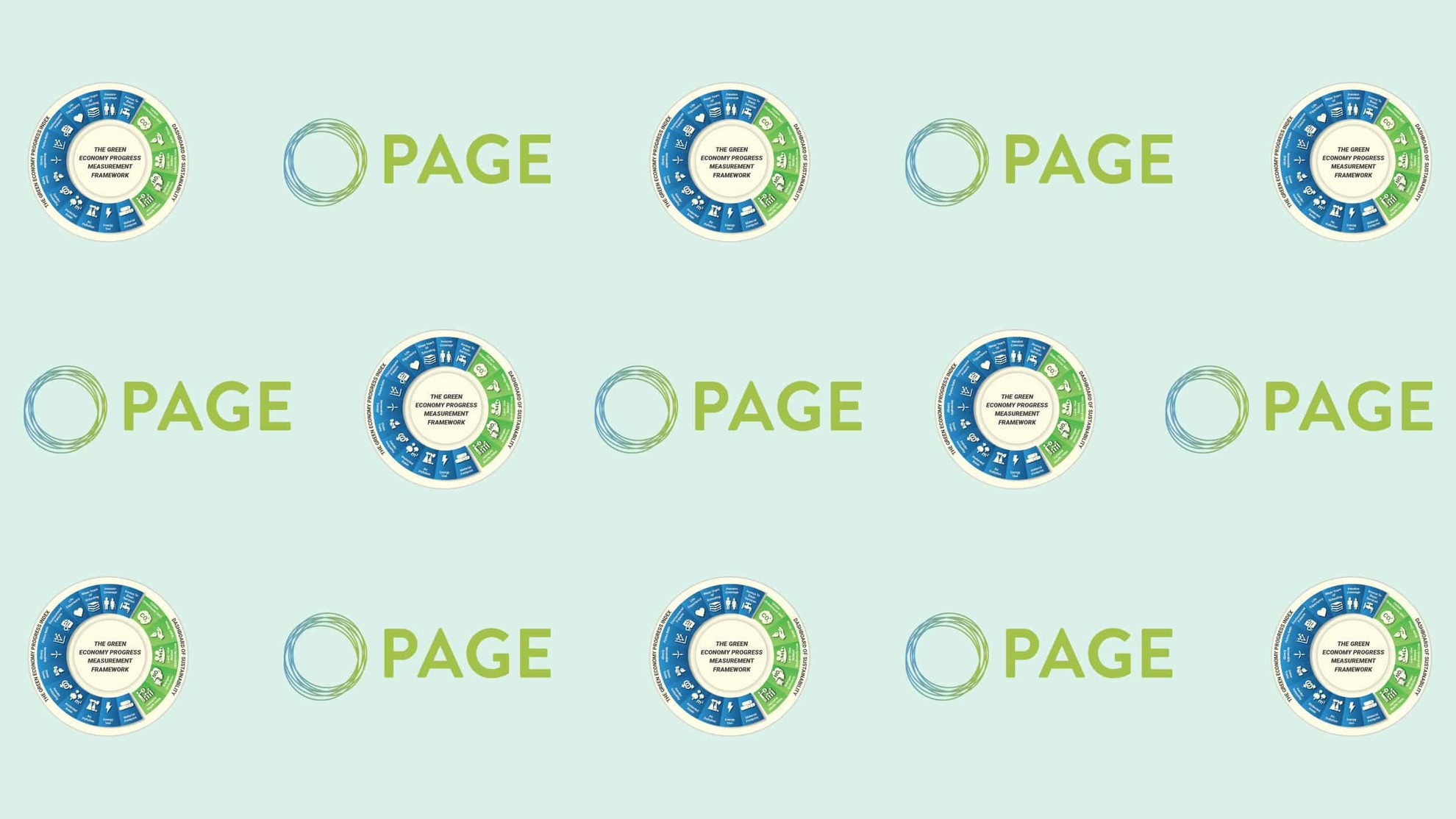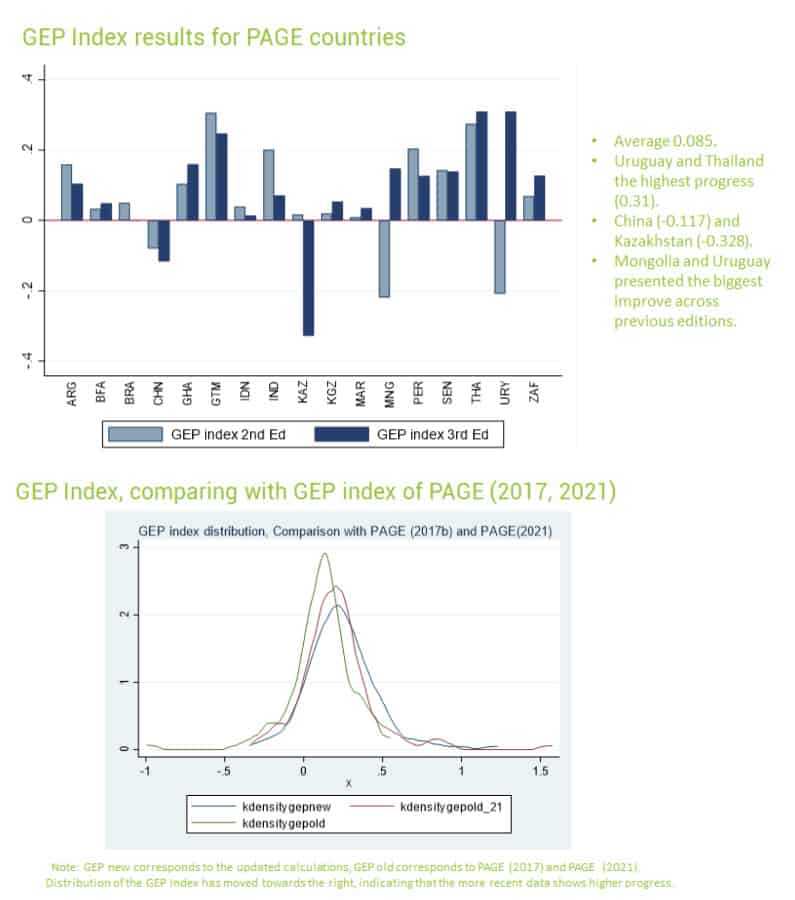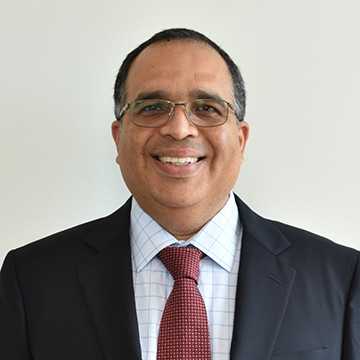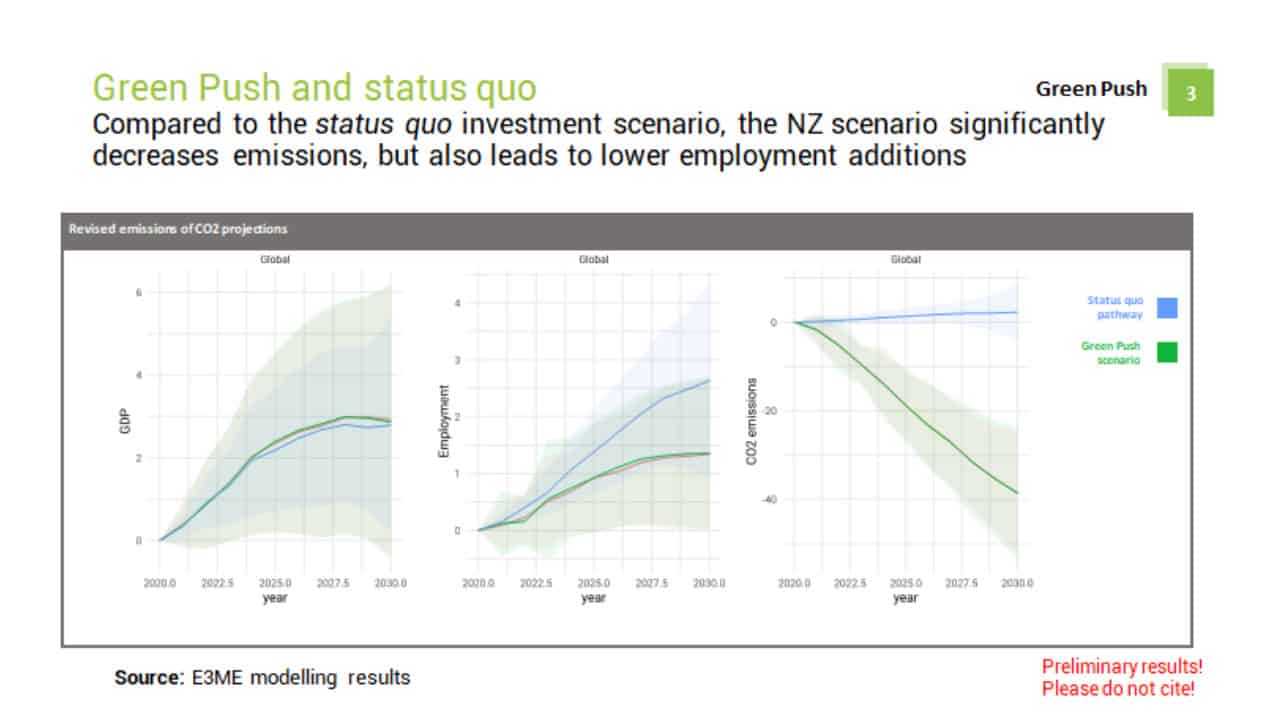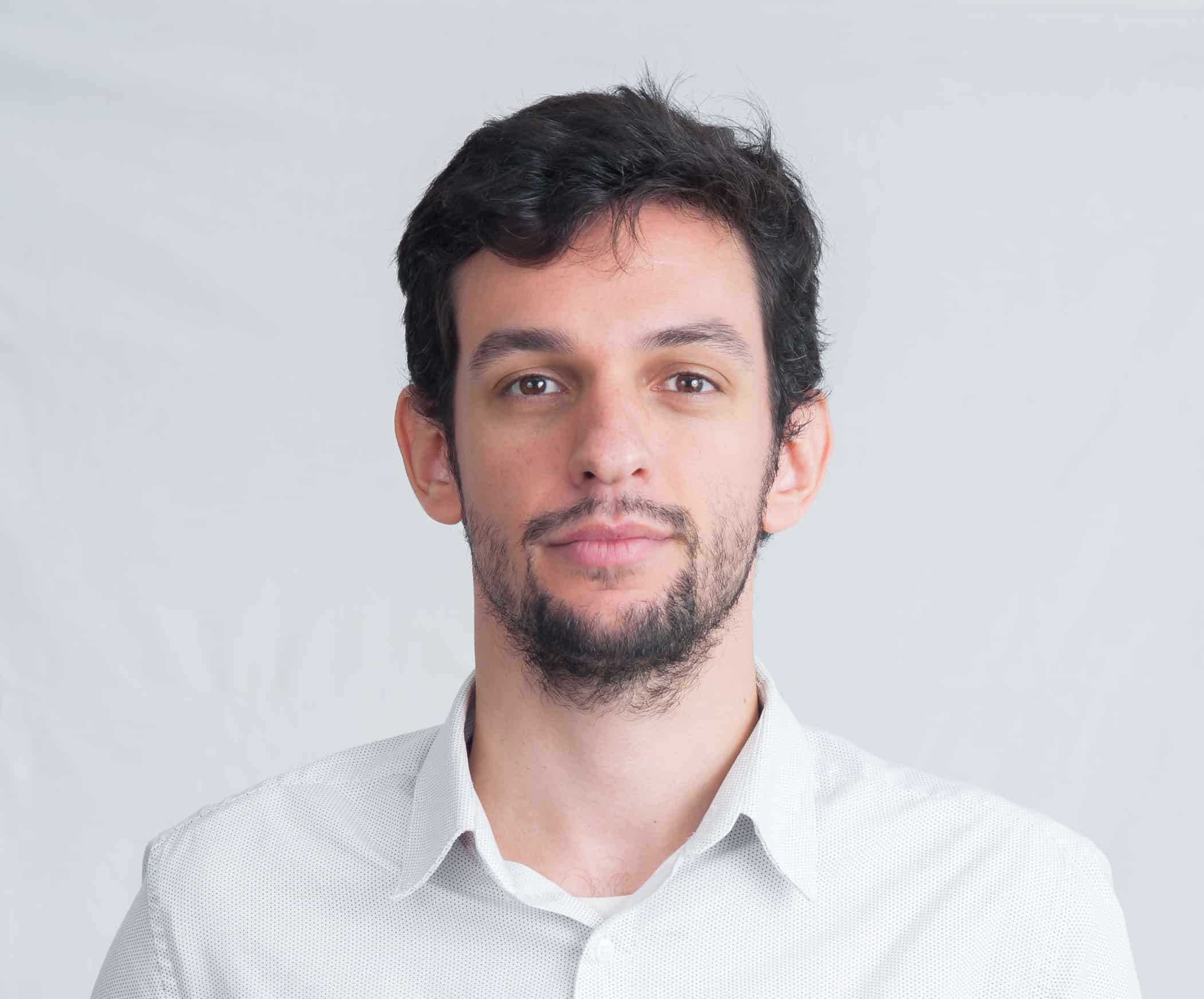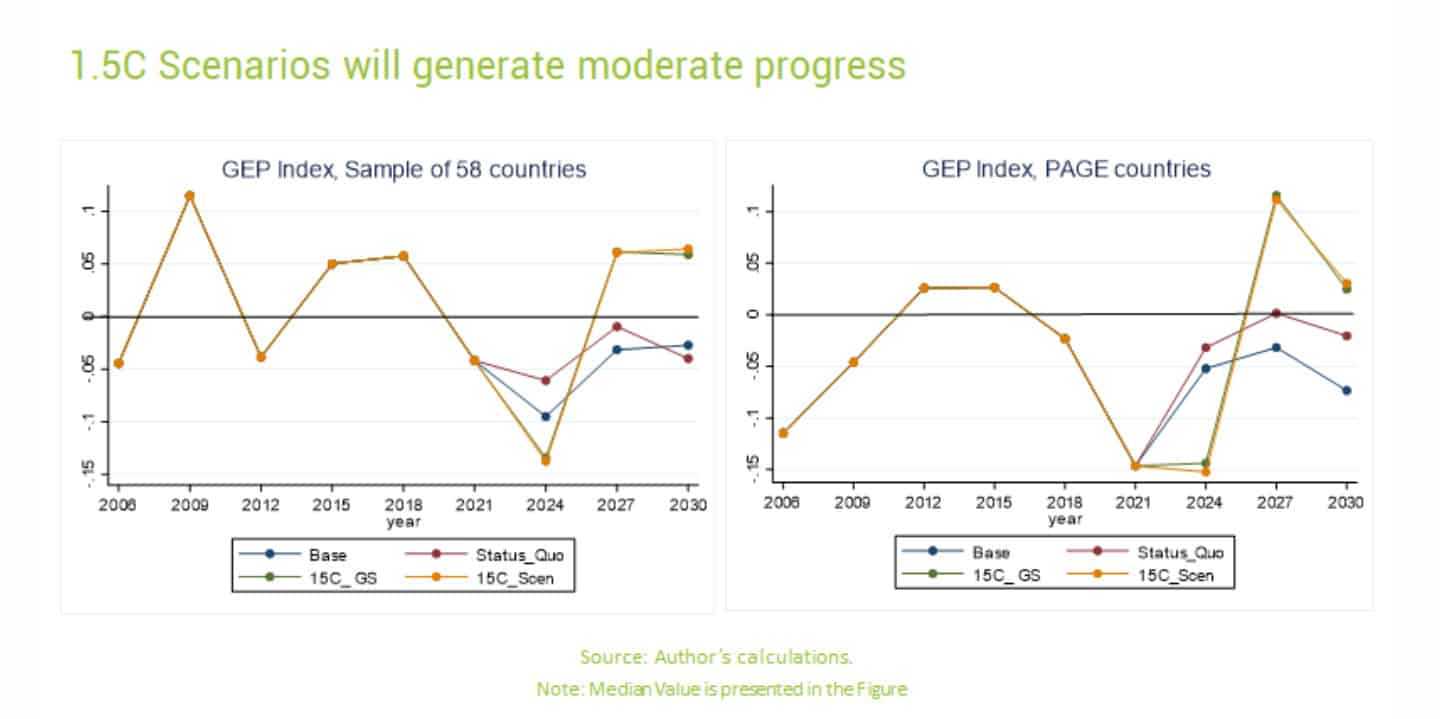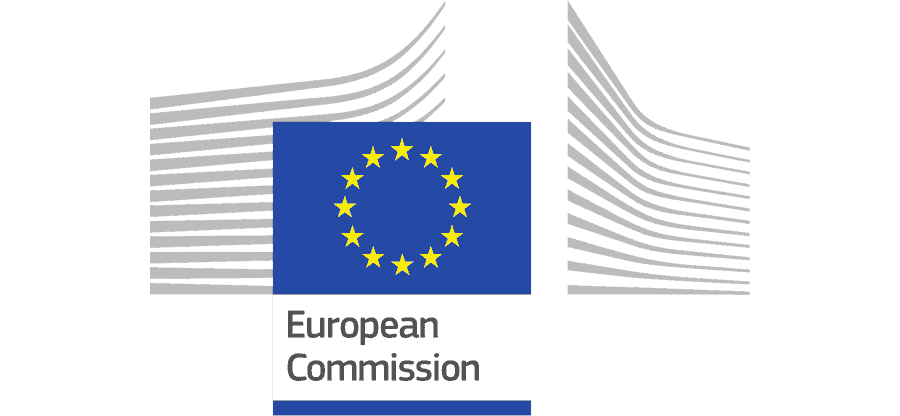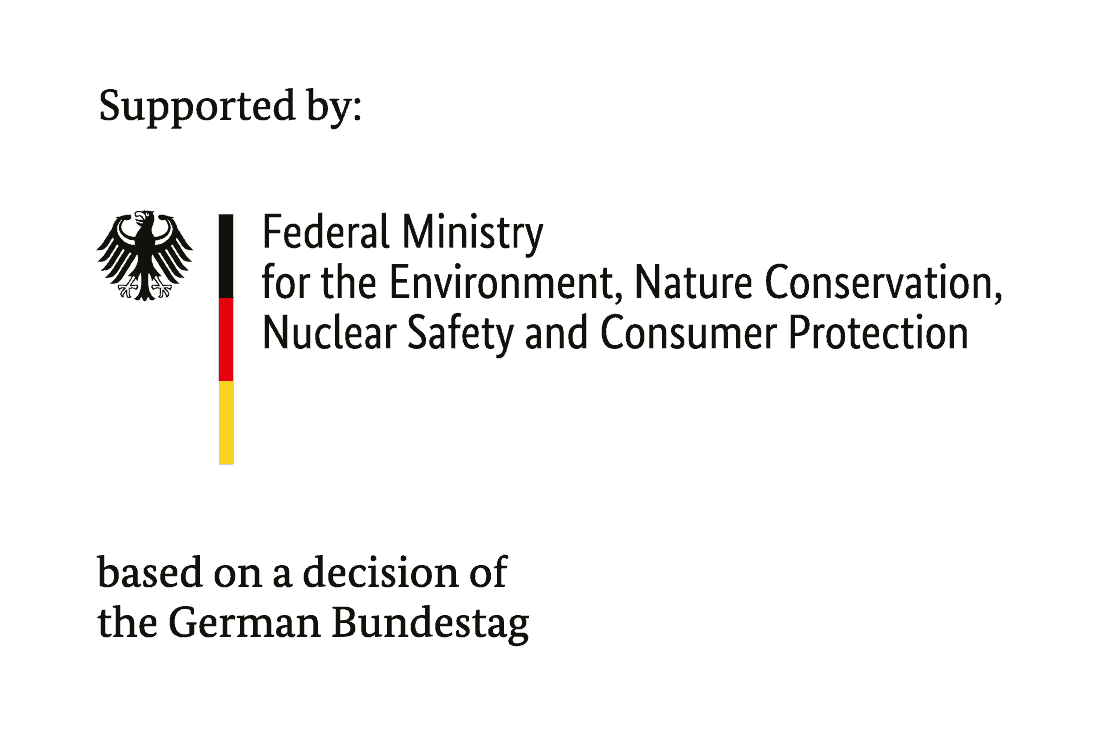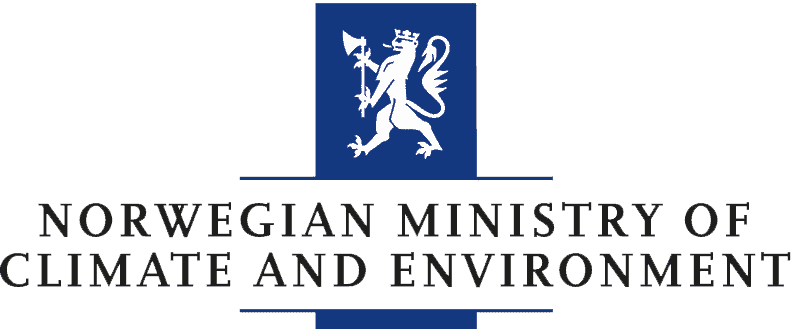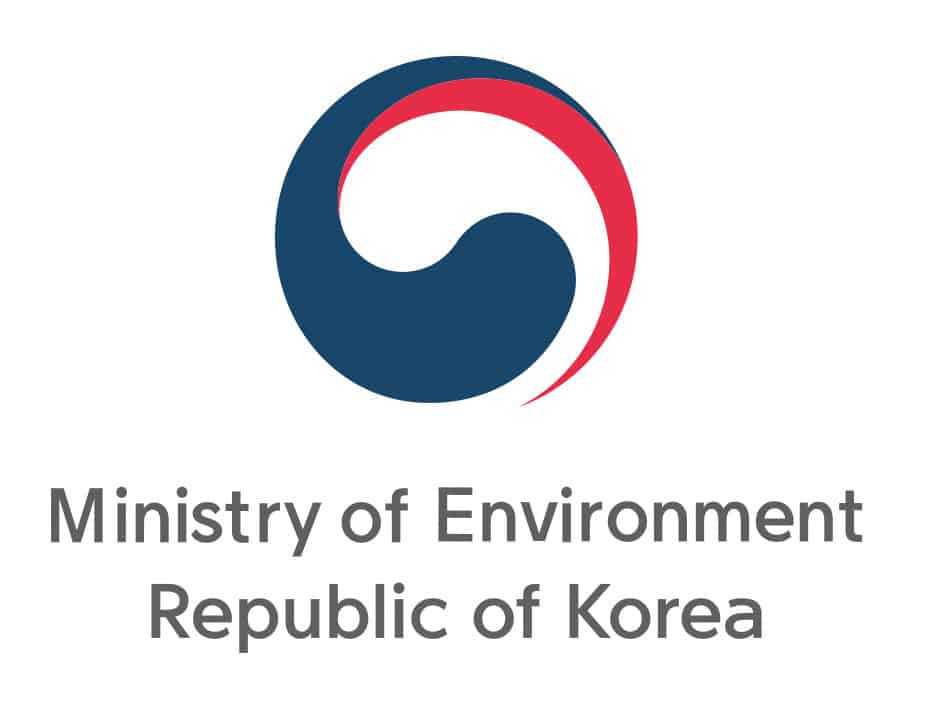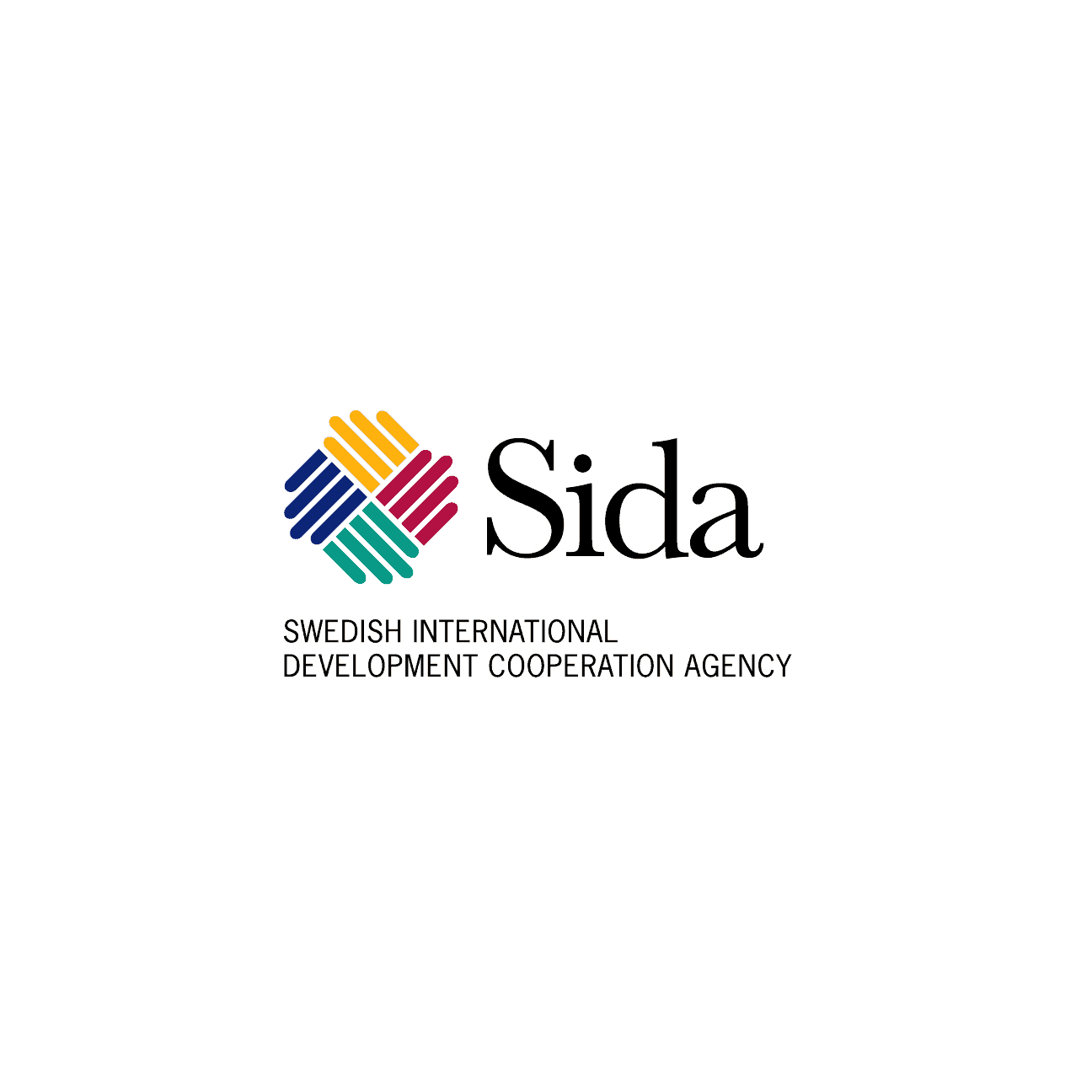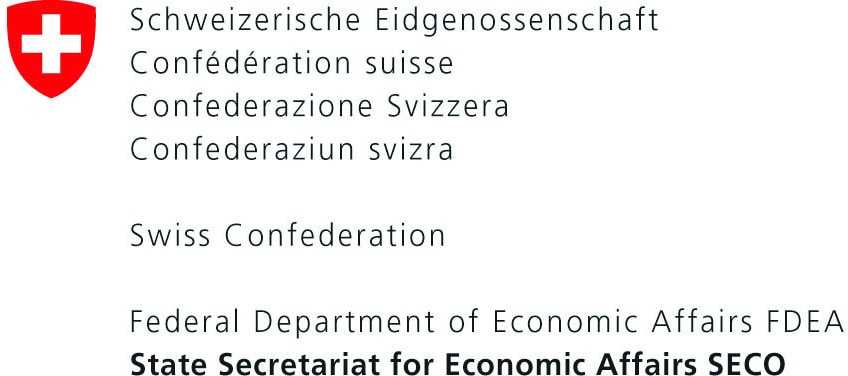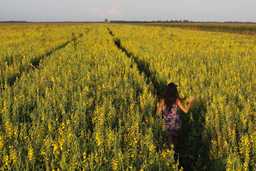Recent major shocks have caused a setback to inclusive green economy trajectories – advance the preliminary results of the Third Edition of the Green Economy Progress Measurement Framework (GEPMF) – but massive investments for limiting Global Warming to 1.5°C can lead to higher inclusive green economy progress.
PAGE conducted a consultation workshop on 26 April to unveil the preliminary findings of the third edition of the GEPMF to be released in 2023. PAGE has partnered with Cambridge Econometrics to produce the Third Edition, which aims to capture the impact of recent major shocks, such as the war in Ukraine and the COVID-19 pandemic, on the transition towards an Inclusive Green Economy (IGE).
The consultation workshop brought together over 40 experts and Inclusive Green Economy (IGE) practitioners – from World Bank, Global Green Growth Institute, UNEP FI, PAGE Agencies (UNEP, UNDP, ILO, UNIDO and UNITAR), think tanks from the Global South and governmental representatives from PAGE Funding Partners. The GEPMF provides practical guidance to policymakers on how to formulate and assess policies, measure progress and model future effects of the IGE transition.
It was a unique opportunity to discuss and receive feedback on the scope, and preliminary results as well as on the strengths and potential avenues to consolidate this analytical exercise as a key tool to identify IGE priorities and recommend a set of policy and investment options for accelerating the net-zero transition and recover from recent events, notably, from the effects of War in Ukraine and the COVID-19 Pandemic.

